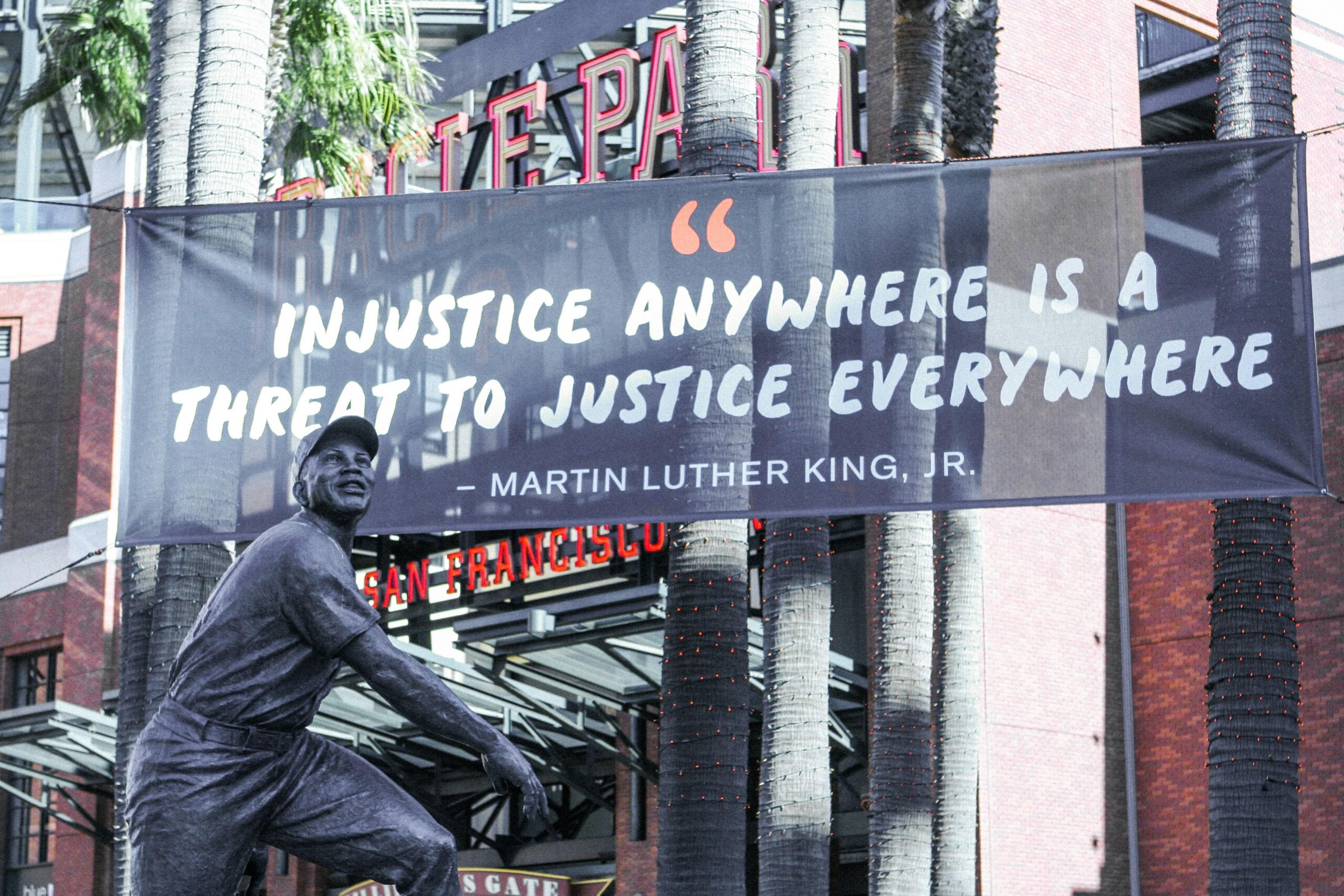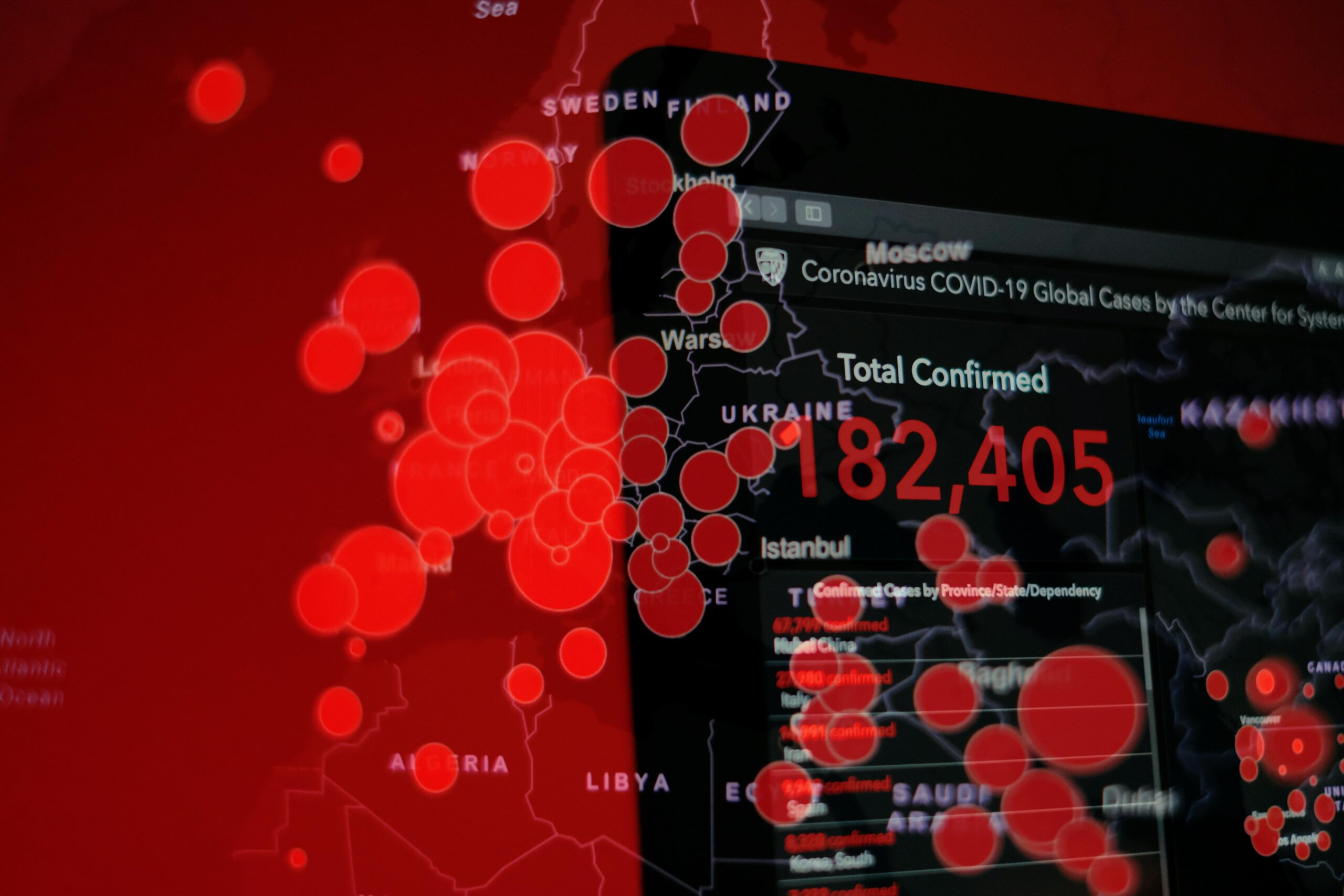Ever wondered what goes on inside the mind of someone who commits a revenge crime? It’s a fascinating—and often perplexing—corner of human psychology where emotions run wild and logic takes unexpected twists. Revenge crimes aren’t just about getting even; they’re complex acts fueled by deep-seated feelings, personal histories, and sometimes, a desperate search for justice or closure. In this article, we’ll dive into the intriguing motivations behind why people turn to revenge, exploring the psychological forces that drive these striking, sometimes shocking, decisions. Ready to unravel the mystery? Let’s get curious.
Table of Contents
- Understanding the Psychology of Revenge Criminals How Past Trauma Shapes Their Actions
- The Role of Social Influence and Peer Pressure in Fueling Revenge Motives
- Unpacking Emotional Triggers That Ignite Revenge Crimes and How to Manage Them
- Strategies for Prevention How Communities and Law Enforcement Can Intervene Early
- In Retrospect
Understanding the Psychology of Revenge Criminals How Past Trauma Shapes Their Actions
Delving into the minds of those driven by vengeance reveals a complex interplay of unresolved pain and perceived injustice. Many revenge-driven criminals have histories marked by emotional or physical trauma, which often act as catalysts for their actions. This trauma can create a convoluted emotional landscape, where anger and hurt become intertwined with a deep-seated need for retribution. What starts as a desperate attempt to reclaim control over their lives inevitably spirals into a cycle of retaliation, blurring the lines between victim and offender. Understanding this connection is key to unraveling why some individuals resort to violence as a misguided form of justice.
The psychological footprint of trauma manifests in several profound ways, shaping not only behavior but also cognitive patterns that justify revenge as a rational response. Several core psychological elements come into play, including:
- Hypervigilance: Trauma survivors often remain in a heightened state of alertness, interpreting threats where none exist, fueling a readiness to react aggressively.
- Distorted empathy: Their ability to empathize with others diminishes, replaced by a focus on personal pain and vindication.
- Identity fusion: Many identify strongly with their victimhood, making revenge not just an act but a redefinition of self and justice.
These psychological threads weave a narrative where revenge becomes a perceived necessity, a coping mechanism forged in the fires of past suffering. Recognizing this helps us approach such criminal behavior with a nuanced perspective, one that acknowledges the underlying human experiences rather than dismissing them as mere lawlessness.
The Role of Social Influence and Peer Pressure in Fueling Revenge Motives
Revenge doesn’t exist in a vacuum—it’s often sculpted by the invisible hands of social influence and peer pressure. In many cases, individuals find themselves swept up by the collective emotions of a group, where the desire for retaliation becomes almost inevitable. Within tight-knit communities or social circles, the urge to protect one’s reputation or to align with group norms can push someone toward revenge as a way to gain acceptance or prove loyalty. This pressure amplifies personal grievances, transforming what might have been a private hurt into a public declaration of vengeance. The need to belong can sometimes eclipse rational judgment, leading to actions fueled more by external expectations than internal reasoning.
Peer dynamics often escalate the intensity of revenge motives through mechanisms like:
- Validation Seeking: Individuals crave acknowledgment from their peers for standing up to perceived wrongs.
- Fear of Ostracism: Showing forgiveness might be viewed as weakness, risking exclusion.
- Groupthink: Collective outrage can override personal morality, rationalizing harmful responses.
These social forces create a potent environment where revenge becomes not only a personal vendetta but a socially endorsed mission. Understanding this web of influence exposes why some revenge crimes go beyond individual pathology and tap into broader societal and psychological currents.
Unpacking Emotional Triggers That Ignite Revenge Crimes and How to Manage Them
At the core of revenge crimes lies a tangled web of intense emotional triggers, often rooted in feelings of betrayal, humiliation, or deep-seated injustice. These emotional sparks do not simply flare up overnight; they are nurtured by unresolved pain and perceived threats to one’s identity or dignity. When individuals find their core values or self-worth under attack, their primal response can be a desperate need to restore balance—even if through destructive means. A few common emotional catalysts include:
- Betrayal by trusted individuals, which can fracture personal or social bonds.
- Public humiliation that ignites shame and a craving for validation.
- Financial or social injustice that fuels feelings of powerlessness and resentment.
- Loss of control, driving a person to reclaim agency through retaliatory acts.
Understanding these emotional drivers opens the door to managing and defusing the dangerous urge for revenge. Mindfulness practices, cognitive behavioral therapy, and conflict resolution skills equip individuals to confront painful emotions constructively rather than react impulsively. Crucially, reframing perceived slights as opportunities for growth rather than personal attacks can dissolve the seedbed of vengeance. By cultivating empathy and self-awareness, people gain the tools to break cycle patterns that might otherwise spiral into harm—highlighting the profound power of emotional intelligence in rewriting personal narratives.
Strategies for Prevention How Communities and Law Enforcement Can Intervene Early
Timely intervention hinges on a deep understanding of the underlying grievances that fuel revenge-driven actions. Communities can foster open lines of communication by establishing safe spaces where members feel heard and validated before conflicts escalate. This involves empowering local leaders, educators, and mental health professionals to recognize subtle signs of brewing discontent—such as social withdrawal, frequent expressions of anger, or peer exclusion—and respond with empathy rather than judgment. Encouraging restorative practices instead of punitive responses often diffuses hostility and rebuilds trust among affected parties, effectively snuffing out the spark of retaliation.
On the law enforcement front, proactive strategies blend intelligence with compassion. Officers trained to identify behavioral red flags can collaborate with community organizations to provide resources tailored to at-risk individuals before acts of revenge materialize. This might include mentorship programs, conflict mediation workshops, or accessible counseling services. Integrating community policing models where officers are familiar faces rather than distant authority figures helps to dismantle barriers to early intervention. Together, these dynamic efforts create a network of vigilance and support that interrupts the cyclical nature of revenge crimes.
- Community listening sessions promoting honest dialogue
- Training programs for recognizing emotional distress
- Resource hubs offering conflict resolution tools
- Collaborative policing that builds trust over time
In Retrospect
As we peel back the layers of revenge crimes, it becomes clear that the minds behind them are complex tapestries woven from emotion, experience, and sometimes, desperation. Understanding the why doesn’t excuse the act, but it opens a window into the shadowy corridors of human motivation that often go unnoticed. Next time you hear a story of revenge, maybe pause and wonder—what intricate web of thoughts and feelings led someone down that path? The intrigue lies not just in the crime itself, but in the human psyche that fuels it. After all, curiosity is the first step to understanding, and understanding is the first step to change.











